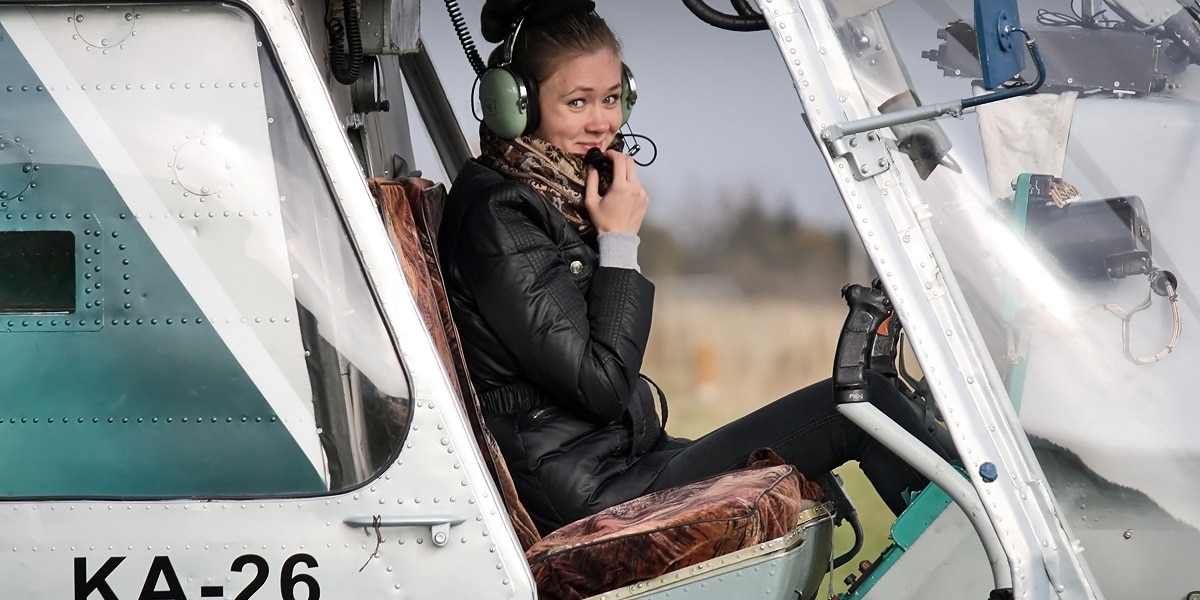If you’re planning a vacation to a sunny destination, sunscreen is an important item to pack. But did you know that it’s important to wear sunscreen while in the airplane? The UV index increases with altitude, putting pilots and airplane passengers at risk for sun-induced skin damage while flying.
According to the United States Environmental Protection Agency, “UV increases about 2% for every 1,000-foot increase in elevation due to thinner mountain air”¹ – in other words, even on a day with a relatively low UV index at ground level, the amount of UV radiation to which passengers are exposed can reach concerning levels when the airplane is traveling at 20 or 30,000 feet. Not to mention, if you’re flying towards the equator, the UV index will increase with the duration of your flight.¹ This is especially concerning for pilots. One study found that pilots 30,000 feet in the air for 56.6 minutes are exposed to as much UVA radiation as those who tan in a tanning bed for 20 minutes.²
You may be thinking, “don’t the windows in the airplane offer protection?” The answer is yes, partially. Similar to the glass windows in cars, airplane windows do block out sunburn-causing UVB rays, but they don’t fully block out UVA rays. UVA radiation causes premature aging, and exposure over time can even lead to skin cancer. So while you won’t get a sunburn while in the airplane, you could be faced with nasty consequences down the road, especially if you’re a pilot or a frequent flyer. To protect yourself from sun damage while in the airplane, make sure to apply a broad-spectrum sunscreen to your exposed skin before boarding. Also, try to keep the curtains closed if possible, and try your best to take a seat close to the isle, away from the windows. To shield your eyes and the sensitive skin around them, you can also wear sunglasses. Sun Index will help you to monitor your sun exposure on vacation.The Sun Index team wishes everyone a fun-filled and sun-safe vacation!
Sources:
- United States Environmental Protection Agency. (2004). A Guide to the UV Index. Retrieved January 5, 2017
- Sanlorenzo, M., Vujic, I., Posch, C., Cleaver, J.E., Quaglino, P. and Ortiz-Urda, S. (2015). The Risk of Melanoma in Pilots and Cabin Crew UV Measurements in Flying Airplanes. JAMA Dermatol, 151(4):450-452. Retrieved January 5, 2017



